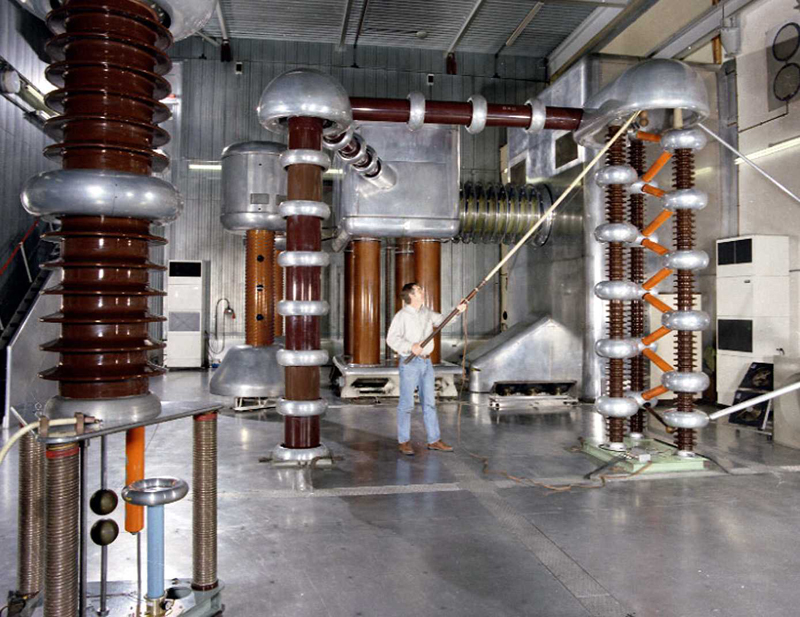 10 years of success for ISIS RFQ
10 years of success for ISIS RFQ
by Charlotte Houghton

Part of the small team who designed, built, tested, installed and commissioned the ISIS RFQ upgrade.
Image credit: RAL
Earlier this year ISIS, based as the Rutherford Appleton Laboratory in the UK, celebrated ten years of their radio frequency quadrupole accelerator (RFQ), which in 2004, replaced an ancient and unreliable Cockcroft-Walton electrostatic generator pre-injector on ISIS.
Originally part of Nimrod, the predecessor of ISIS, the Cockcroft-Walton set generated a DC voltage of 665,000V. In 2004 the whole system was replaced by three solenoid magnets and a radio frequency quadrupole accelerator; to decrease the machine’s downtime and improve the stability of the beam. Although the concept of RFQs had been around since the 1970s, and had been successfully deployed on high-energy machines in the US, Russia and at CERN, they hadn’t been tested on machines that would run at high duty factor, 24/7 for most of the year.
As there was a clear risk in changing to the RFQ, Alan Letchford, who was part of the ISIS upgrade team, travelled to Frankfurt to meet Professor Schempp. After Alan’s meeting with, at the time, the world’s 4-rod RFQ expert, he travelled back to ISIS to implement what he had learnt. The upgrade team, under Alan’s instruction, built the entire set-up as it would be installed and ran it for a year, comprehensively checking and testing the beam parameters against the design. In the ten years since its installation, it has been an almost invincible system. Apart from expected ancillary part failures the RFQ has accelerated nearly 10 billion beam pulses containing 4 x 1023 protons, and absorbed around 700 gigajoules of RF energy; bringing the reliability of the RFQ to almost 100%.
Read more >>
